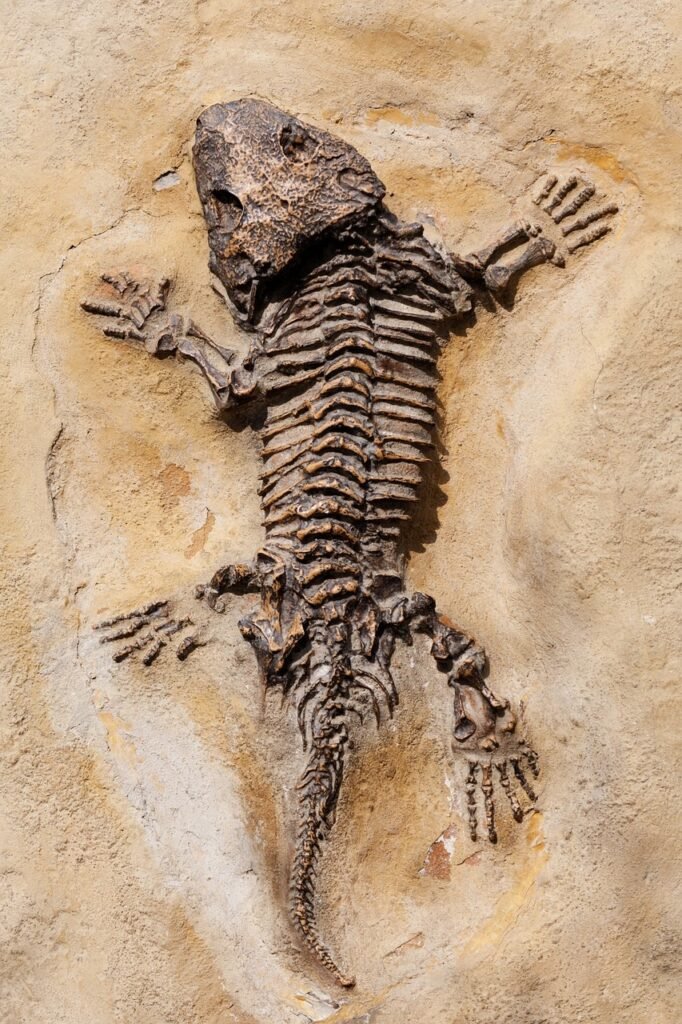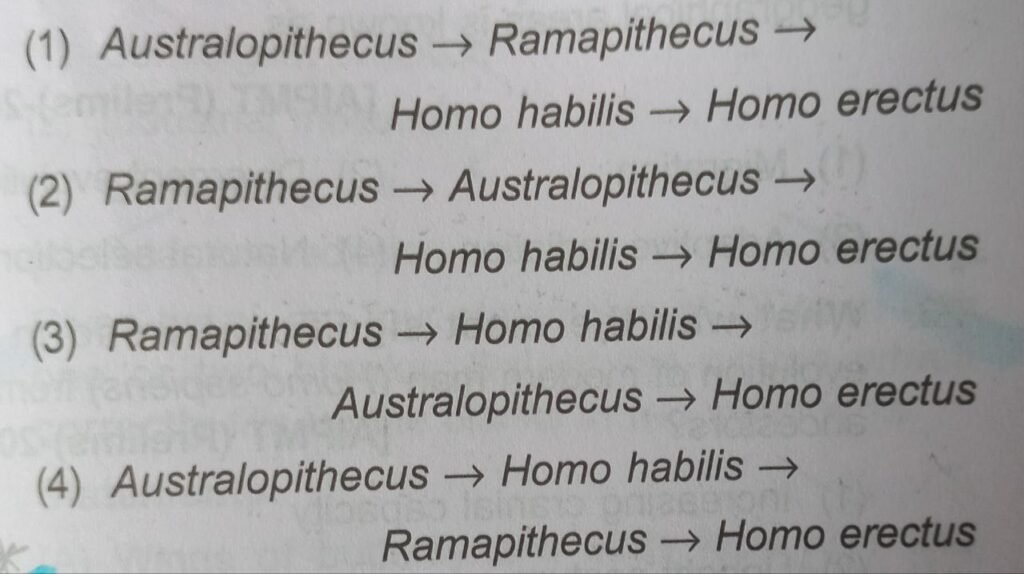Here are 17 evolution NEET questions. Attempt these questions and post your score in the comment section. Attempting previous year NEET questions is crucial for your NEET preparation.
1. According to Hugo de Vries, the mechanism of evolution is [NEET-2018]
(1) Multiple step mutations
(2) Saltations
(3) Minor mutations
(4) Phenotypic variations
2. Among the following sets of examples for divergent evolution, select the incorrect option. [NEET-2018]
(1) Forelimbs of man, bat and cheetah
(2) Heart of bat, man and cheetah
(3) Eye of octopus, bat and man
(4) Brain of bat, man and cheetah
3. The similarity of bone structure in the forelimbs of many vertebrates is an example of [NEET 2018]
(1) Homology
(2) Analogy
(3) Adaptive radiation
(4) Convergent evolution
Know about NEET 2023 application form dates : Click here
4. Artificial selection to obtain cows yielding higher milk output represents [NEET 2017]
(1) Stabilizing selection as it stabilizes this character in the population
(2) Directional as it pushes the mean of the character in one direction.
(3) Disruptive as it splits the population into two one yielding higher output and the other lower output.
(4) Stabilizing followed by disruptive as it stabilizes the population to produce higher yielding cows.
5. Genetic drift operates in [NEET- (Phase 2)-2016]
(1) Small, isolated population
(2) Large, isolated population
(3) Non-reproductive population
(4) Slow reproductive population

6. In Hardy-Weinberg equation, the frequency of heterozygous individual is represented by [NEET-(Phase-2)-2016]
(1) P2
(2) 2pq
(3) pq
(4) q2
7. The chronological order of human evolution from early to the recent is [NEET- (Phase 2)-2016]

8. Which of the following is the correct sequence of events in the origin of life ? [NEET-(Phase-2)-2016]
(a) Formation of protobionts
(b) Synthesis of organic monomers
(c) Synthesis of organic polymers
(d)Formation of DNA-based genetic systems
(1) a b c d
(2) a c b d
(3) b c a d
(4) b c d a
9. A molecule that can act as a genetic material must fulfill the traits given below except [NEET- (Phase 2)-2016]
(1) It should be able to express itself in the form of ‘Mendelian characters’
(2) It should be able to generate its replica
(3) It should be unstable structurally and chemically
(4) It should provide the scope for slow changes that are required for evolution
10. Which of the following structures is homologous to the wing of a bird? [NEET 2016]
(1) Flipper of Whale
(2) Dorsal fin of a Shark
(3) Wing of a Moth
(4) Hind limb of rabbit
11. Analogous structures are a result of [NEET-2016]
(1) Stabilizing selection
(2)Divergent evolution
(3) Convergent evolution
(4) Shared ancestry
12. Following are the two statements regarding the origin of life [NEET-2016]
A. The earliest organisms that appeared on the earth were non-green and presumably anaerobes.
B. The first autotrophic organisms were the chemoautotrophs that never released oxygen
Which of the following options are correct?
(1) Both A & B are false
(2) A is correct B is false
(3) B is correct but A is false
(4) Both A and B are correct
13. The eye of octopus and eye of cat show different patterns of structure, yet they perform similar function. This is an example of [NEET 2013]
(1) Homologous organs that have evolved due to divergent evolution
(2) Analogous organs that have evolved due to convergent evolution
(3) Analogous organs that have evolved due to divergent evolution
(4) Homologous organs that have evolved due to convergent evolution
14. The process by which organisms with different evolutionary history evolve similar phenotypic adaptations in response to a common environmental challenge, is called [NEET 2013]
(1) Convergent evolution
(2) Non-random evolution
(3) Adaptive radiation
(4) Natural selection
15. The tendency of population to remain in genetic equilibrium may be disturbed by [NEET 2013]
(1) Lack of migration
(2) Lack of mutations
(3) Lack of random mating
(4) Random mating
16. Variation in gene frequencies within populations can occur by chance rather than by natural selection. This is referred to as [NEET 2013]
(1) Genetic drift
(2) Random mating
(3) Genetic load
(4) Genetic flow
17. According to Darwin, the organic evolution is due to [NEET 2013]
(1) Interspecific competition
(2) Competition within closely related species
(3) Reduced feeding efficiency in one species due to the presence of interfering species
(4) Intraspecific competition
